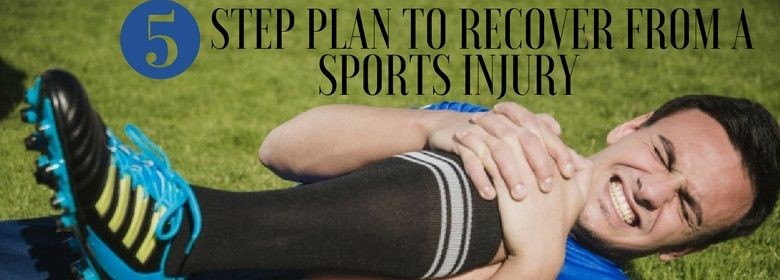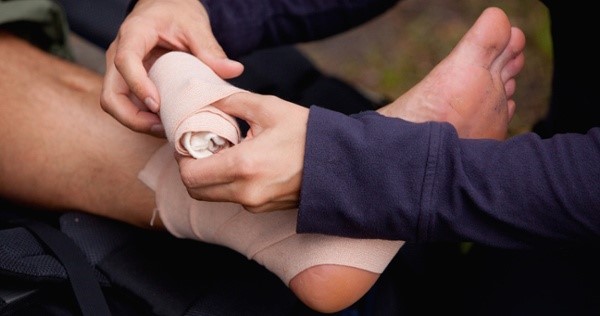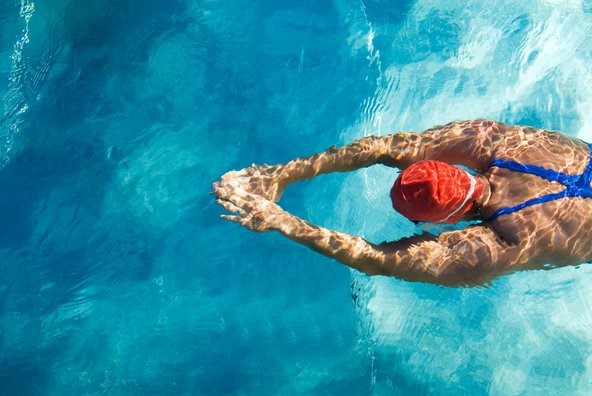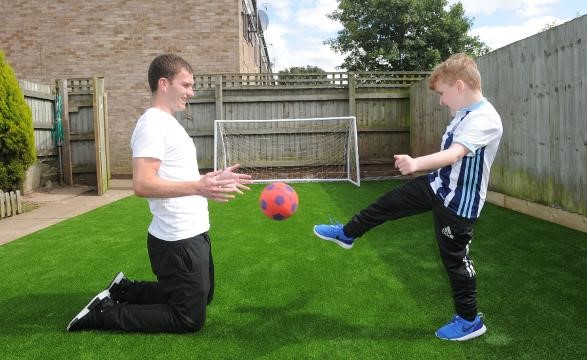5 Steps To Help Someone Recover From A Sports Injury

We all go through injuries from time to time. If you’re an athlete, or have an athlete at home, you probably are used to the occurrence of injuries, in some form! With a sports injury, recovery usually follows a similar pattern.
We’ve put together a list of these steps through which people recover from sports injuries. Reading through, you’ll see how you can help a loved one recover at home.
Step 1: Dealing With The Acute Stage Of The Injury
This is the immediate aftermath of the injury. The victim is likely to experience the worst of the pain from the injury at this stage.
The key to recovery at this stage is rest: plenty of it. It’s your job to ensure they get enough sleep. If it’s an impact injury, use the RICE approach: Rest, Ice, Compression and Elevation to prevent, or reduce, inflammation or swelling. Make sure the injured person doesn’t get restless and ‘test things out or could have major repercussions.
Step 2: Rehabilitation (Part 1)
Make sure the patient does all the exercises their physiotherapist recommends.The first part of rehabilitation is called getting the ‘full range of motion’ back which simply means that the physio helps the patient move the injured part as well as they could before the injury.
For example, being able to flex the ankle all the way again.
The first part of rehab also involves the patient working to restore their normal gait, or walking posture. No athlete can get back to their sport till they are walking and jogging like they used to.
Step 3: Rehabilitation (Part 2)
The major component here is regaining muscle strength. This often involves weight training; you can make do without metal weights. Simply use baskets of vegetables or bottles of water.
Step 4: Regaining Endurance
Once your patient has moved through rehabilitation and regained sufficient muscle strength, they will need to work on their endurance. The key here is making sure they don’t push too hard.
Swimming is a great exercise here, as are stationary bikes and rowers. At this stage, 3 half-hour workouts are a good idea.
Step 5: Regaining Sport-Specific Skills And Building Confidence
Towards the end of their recovery, patients can start working on their sports skills. This could be dribbling a football, practising their batting or bowling, or working on their free throws. Help them deal with the dip in their performance; this is bound to happen after an injury. You will have to help them face frustration and even mild depression: regaining athletic skills is equal parts mental exercise and physical training drills.
Especially if you’re helping a child recover from a sports injury, be careful—kids are likely to try and start playing before it’s safe for them to do so. Work through these 5 stages with care and use medical supervision wherever necessary; that’s the safe path to recovery from an athletics or sports-related injury.
References:
http://www.jtsstrength.com/articles/2013/05/08/recovering-from-injury-in-5-steps/





